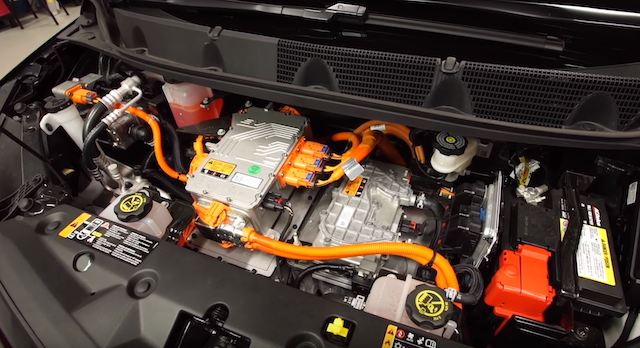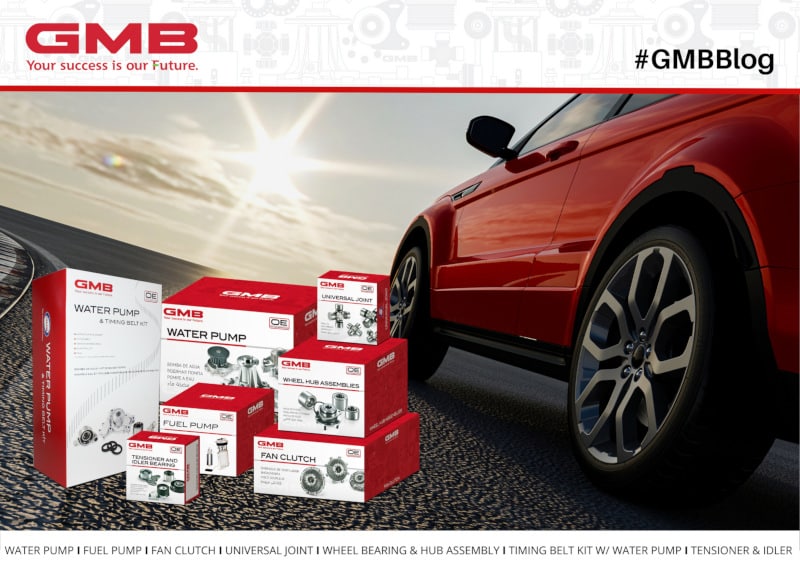What Your Customers Need To Know About Water Pump Replacement in EVs
“Your water pump needs replacing” is something all Electric Vehicle (EV) owners will hear sooner or later. That statement may not make sense to everyone, though. Some customers may not know what a water pump is and how it works. Others may be surprised that electric vehicles even have water pumps.
This guide will help you explain water pumps to your customers. To be more specific:
- What water pumps are
- How water pumps work
- Why electric vehicles have water pumps
- The different ways a water pump can fail
- What happens when an EV water pump fails
What Is A Water Pump?

Some customers will be surprised to hear that their EV has a water pump (or more than one water pump). Some people only associate water pumps with internal combustion engines. They may be wondering why there’s a water pump in their EV. A water pump is easy to explain. It’s only a small electric pump that circulates coolant. Most EV’s have two or three electric water pumps.
Why Do EVs Have Water Pumps?
A lot of people think that water pumps will die out along with internal combustion engines. You can explain that EV’s have components that run hot and they need water pumps to help cool them. For example, the state-of-the-art EV Porsche Taycan has three water pumps.
The customer may ask why the air coming in from outside the vehicle isn’t enough to cool the EV components. Passive cooling may work for some components, but not for others. Some parts, such as the following, need more thorough cooling:
- Battery pack
- Electric motors
- Inverter
- DC /DC Converter
This post does a good job explaining why EVs need water pumps.
It helps to go over the water pumps in the customer’s EV. If their EV has more than one water pump, you can let them know where each one is and which components it keeps cool.
The Different Ways A Water Pump Can Fail

The customer will definitely ask why their water pump(s) failed. This is a good opportunity to:
- Explain how a water pump works in an EV. Unlike traditional water pumps, they are:
- Driven by an electric motor
- Controlled by a computer
- Explain that the most common causes of water pump failure are:
- Worn impeller
- Wrong coolant
- Worn bearings
- Cracked seals
- Failed drive motor
Of course, you also should talk about the reason the customer’s water pump failed, if possible. If the pump failed prematurely, explain that to the customer too.
What Happens When An EV Water Pump Fails?
An EV water pump can fail slowly, or suddenly stop working. In either case, the temperature of the system being cooled will rise and trigger a code. Depending on the vehicle, and how overheated the system is, one of several things could happen:
- A check engine light will come on, with a message saying service is required
- The vehicle will go into limp mode
- The vehicle will not allow itself to be driven, and will need to be repaired before it can be driven again
In any of these cases, the vehicle will need a new water pump to fix the issue. If the vehicle is in limp mode, or requires repair, explain to the customer that the vehicle is doing this to protect much more expensive components from damage.
Discussing all the main points listed in this post will help your customer gain a much better understanding of EV water pumps. This will build their trust in you and your shop.
MORE CONTENT
Stay current!
Sign up here to get the latest news
and updates on all things GMB.
Sign Up To Receive GMB News & Updates!

